Building a Retro Linux Gaming Computer - Part 27: Lost Souls
I have mentioned before how I was unable to get Dave Taylor's original port of Doom to work as it was built as an outdated a.out binary rather than ELF. Since then, I stumbled on an article by Jason Heiss that describes how to load the binfmt_aout kernel module to attain a.out binary support, as well as installing packages from earlier Red Hat Linux releases to provide the necessary libraries.
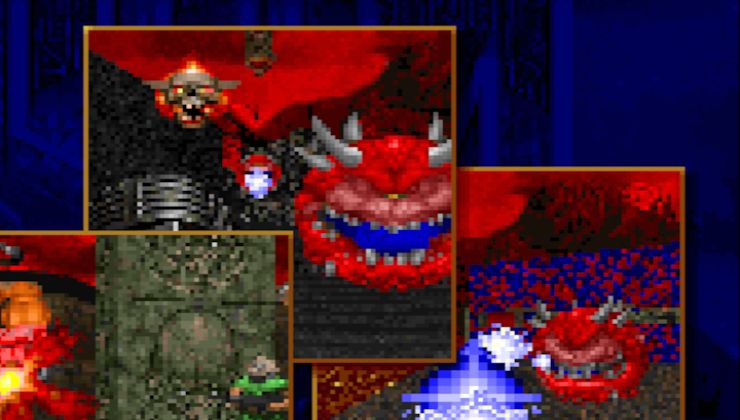

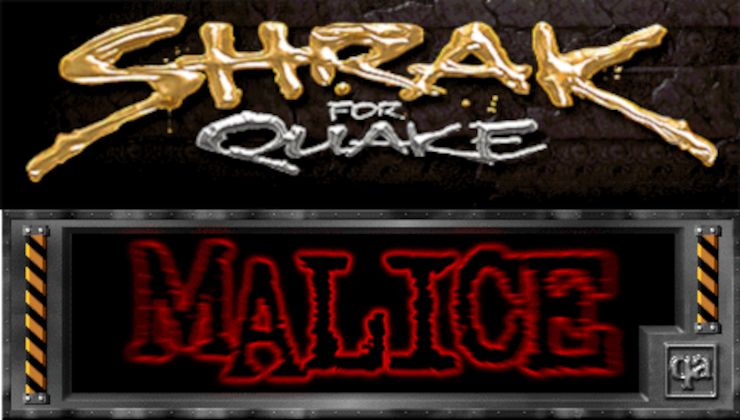

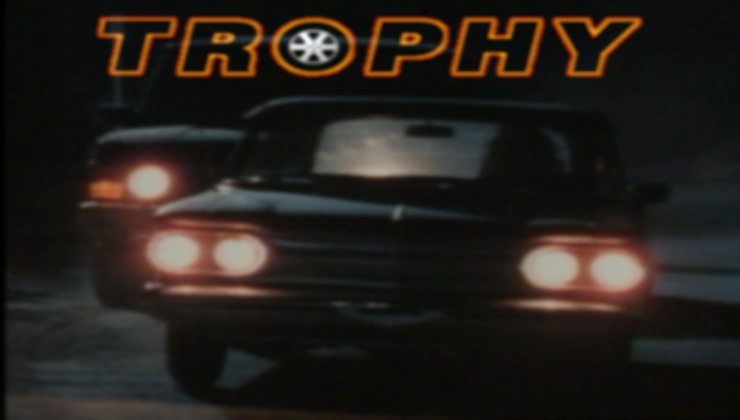
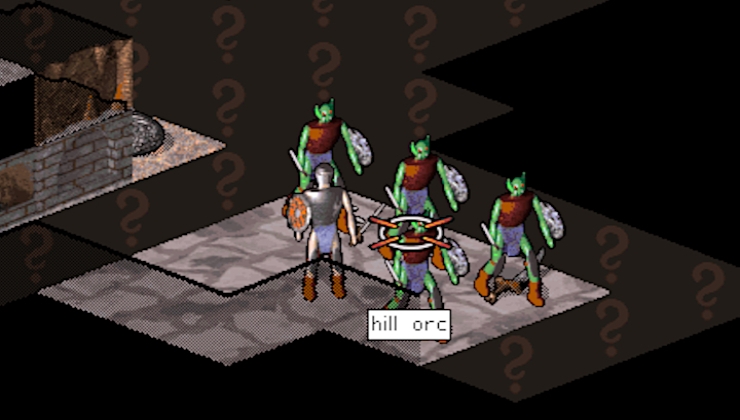

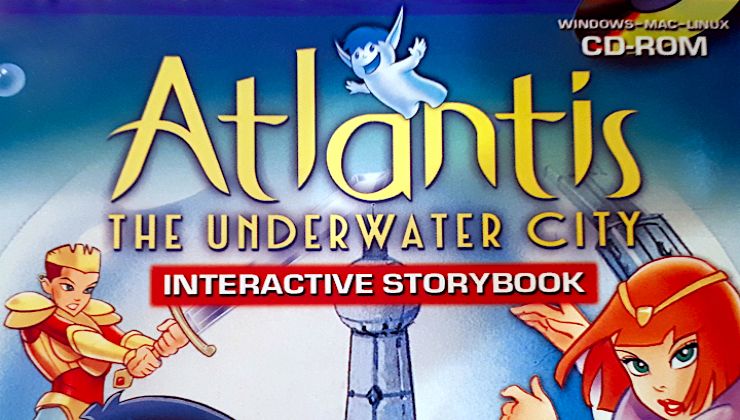
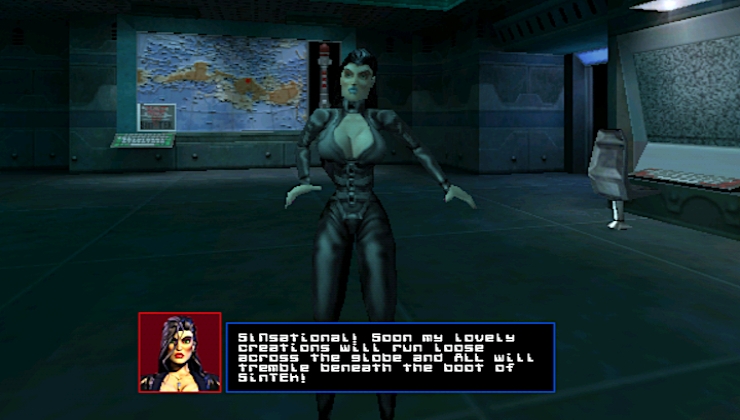
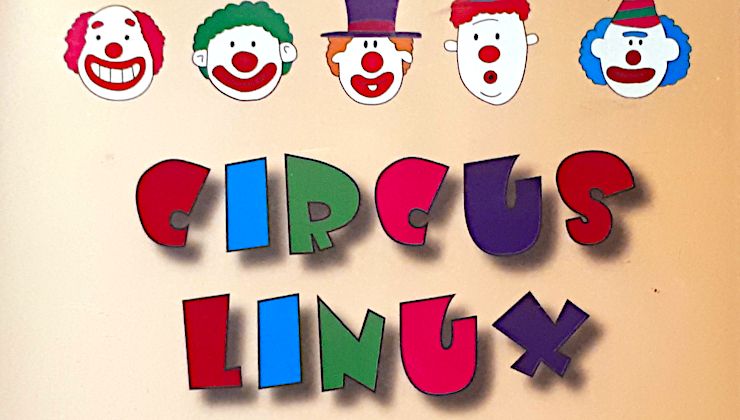

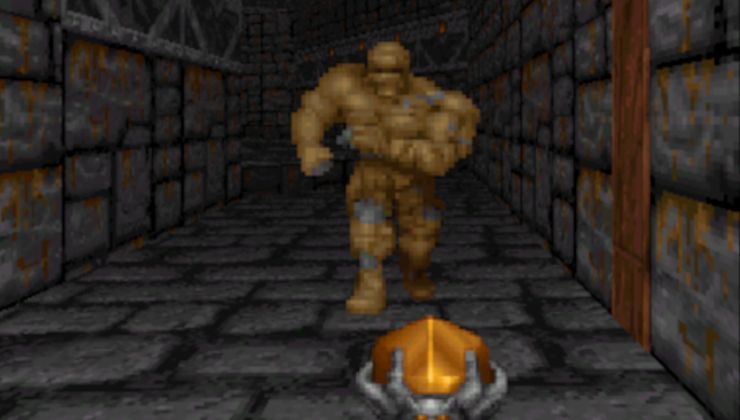
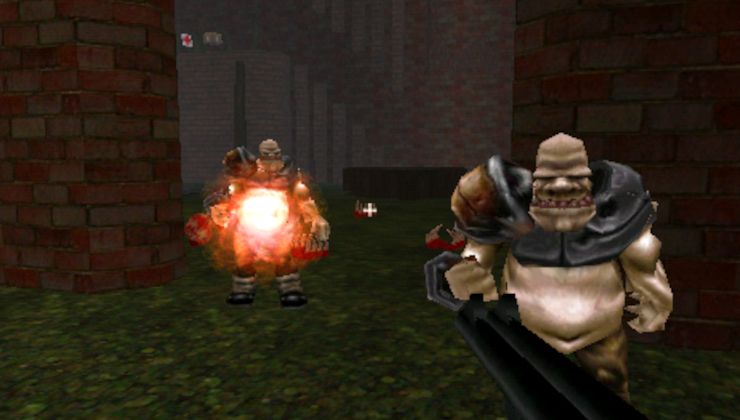
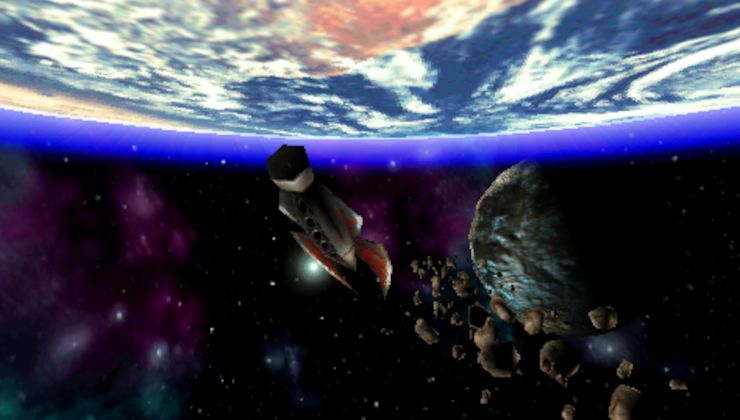
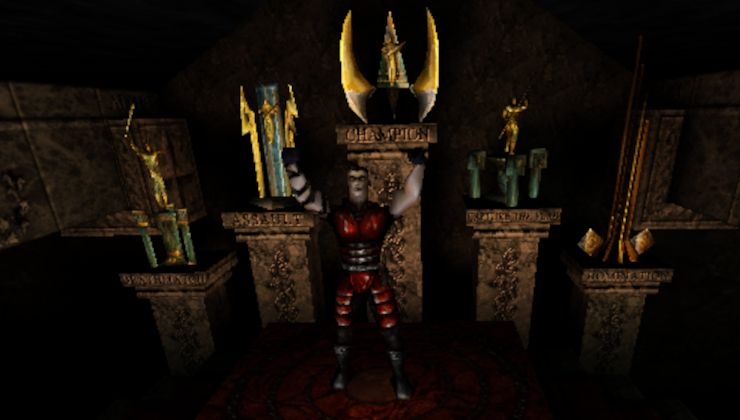
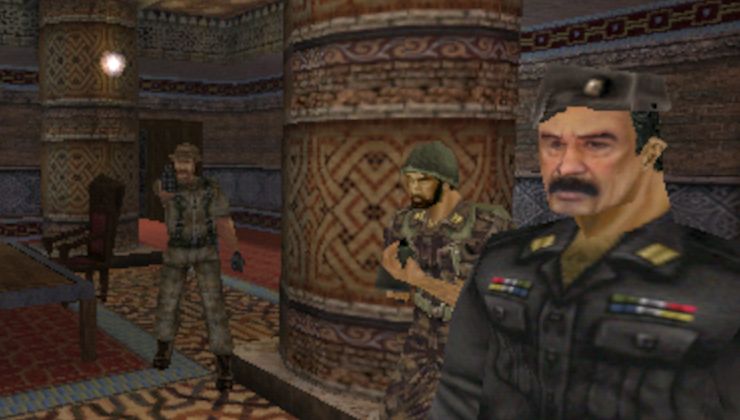
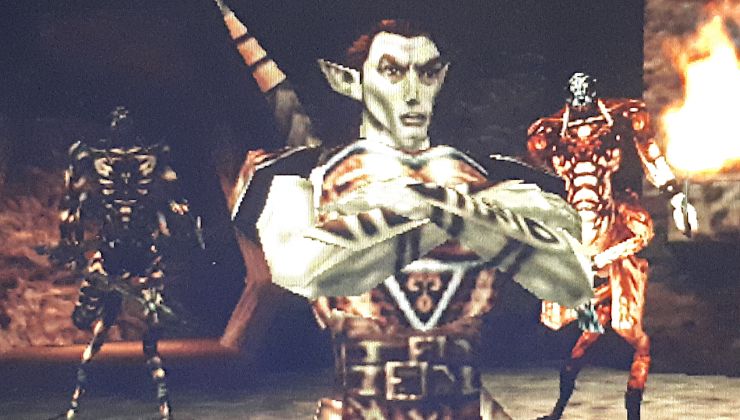
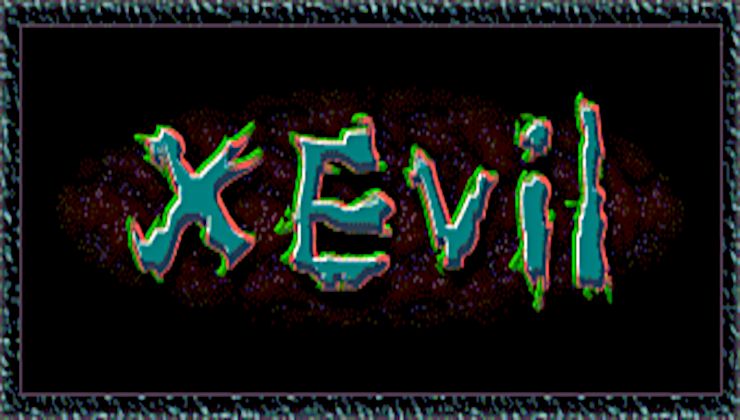
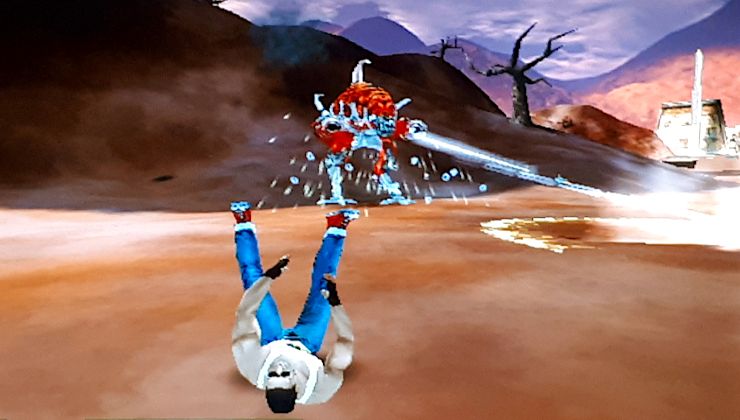
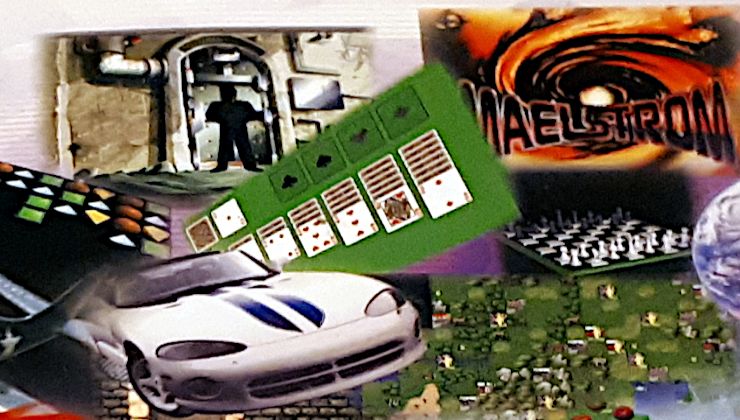
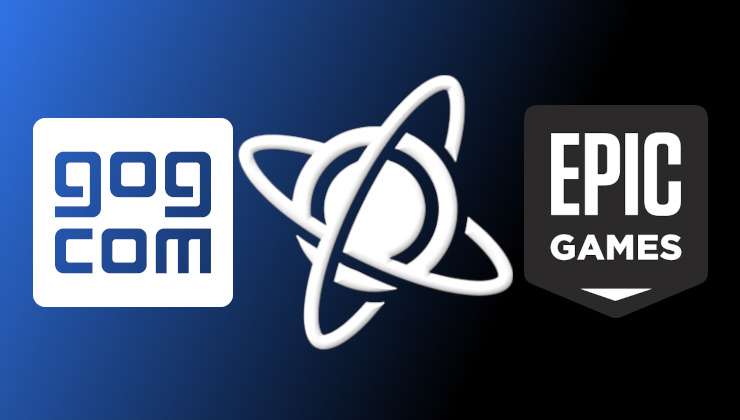 How to play games from GOG and Epic Games on Linux, SteamOS and Steam Deck
How to play games from GOG and Epic Games on Linux, SteamOS and Steam Deck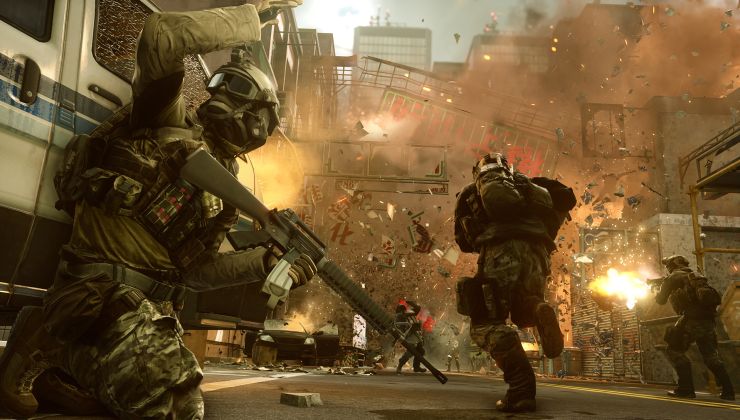 How to get Battlefield 3 and Battlefield 4 online working on Linux, SteamOS, Steam Deck
How to get Battlefield 3 and Battlefield 4 online working on Linux, SteamOS, Steam Deck